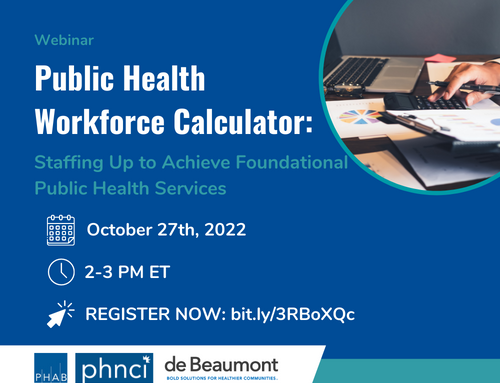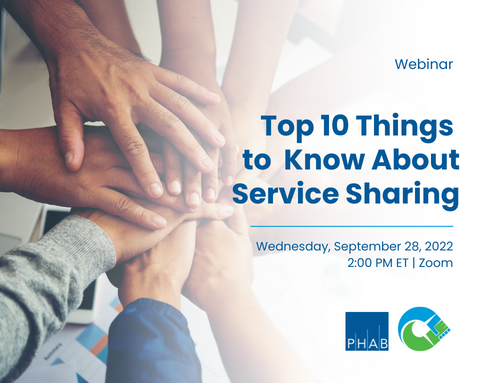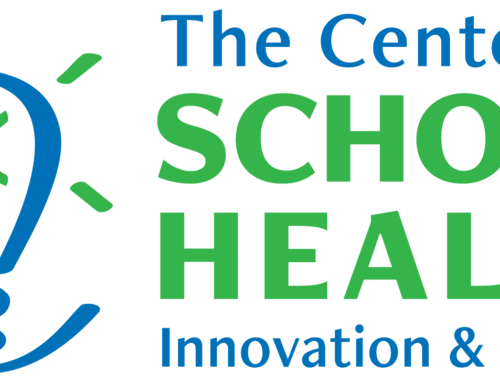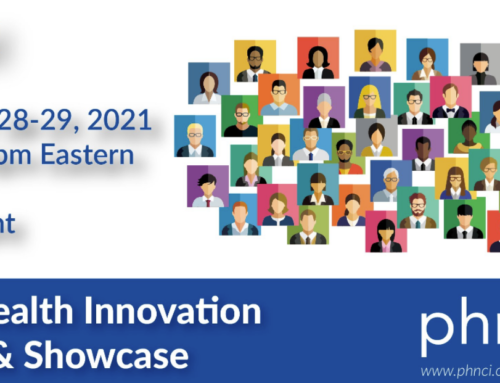Join the Public Health National Center for Innovations (PHNCI) at the Public Health Accreditation Board (PHAB) for an Innovation Webinar Series featuring strategies, tools, and emerging practices that support public health systems change.
Exploring the New FPHS Capacity and Cost Assessment
The PHAB Center for Innovation launched the new Foundational Public Health Services (FPHS) Capacity and Cost Assessment. The Foundational Public Health Services Capacity and Costing Assessment was developed in collaboration with the University of Minnesota Center for Public Health Systems. In the webinar, panelists walked through the FPHS Capacity and Cost Assessment and shared how it can be used in your health department or health department system to understand gaps in capacity and funding needed to fully provide the FPHS.
Speakers described the current public health landscape and the increased attention on public health transformation, which demonstrated the need for a tool health departments/public health systems could use to better understand their strengths and opportunities for planning purposes. Speakers provided:
- An overview of the purpose and development of the Assessment, including how results can be compared to those from similar assessments by 21C state.
- A demo of the Excel-based tool and how it can be used by individual agencies and as a statewide system to promote public health transformation, including ways in which PHAB can provide support.
- An overview of PHAB tools and how they can be used together to transform public health and ensure implementation of the FPHS in communities.
Innovations in Public Sector Workforce and Human Resources Practices
As state and local government job opening and quit rates remain higher than any rates in the past 20 years, innovative solutions are needed to keep talent, attract a new workforce, and change the system to better prepare the public sector for emerging needs. The PHAB Center for Innovation and the MissionSquare Research Institute hosted a panel discussion on innovative public sector strategies to support employee wellness, increase employee happiness, and recruit from outside of the field.
Panelists brought diverse perspectives, ranging from a small, rural local health department to a large hospital system. Questions from the audience inspired a lively discussion that focused on:
- Changing policies and procedures to improve hiring practices. Examples include making job postings easier to find, shortening the application process, simplifying civil service applications, and increasing trust in decision makers.
- Employing lean practices to decrease recruitment and onboarding times. Examples include using business process mapping and testing new strategies as pilots to demonstrate feasibility.
- Reimagining recruitment strategies to attract a new workforce generation and to utilize new and emerging technologies. Examples include implementing social media campaigns, using data to benchmark and track all processes, and learning from private sector employees.
- Gaining buy-in to offer benefits to employees that position the public sector to uniquely compete with the private sector. Examples include offering benefits like adult orthodonture, “Paw”ternity leave, remote options for all, and a four-day work week.
- Offering innovative wellness solutions to take care of current employees. Examples include focusing on the person’s needs outside of just the job, accommodating flexible hours, providing trauma responsive training, celebrating “wins” of all sizes, appreciating staff through gratitude recognitions
Transforming Public Health Through the Foundational Public Health Service
Across the United States, the Foundational Public Health Services (FPHS) are being used as a framework to transform public health. What are the FPHS and how might they be used to improve health in your community? Public health departments have a fundamental responsibility to provide public health protections and services in several areas, and the infrastructure needed to fulfill these responsibilities is essential yet is historically and chronically underfunded and outdated. The FPHS are a key framework that can be used to improve the nation’s public health infrastructure, outline the unique responsibilities of governmental public health, and define a minimum set of Foundational Capabilities and Foundational Areas that must be available in every community. The FPHS framework explains the role of governmental public health in a thriving community, assesses capacity and resource gaps, determines the cost for assuring foundational activities, and identifies funding needs.
On January 31, 2023, three panelists from from 21st Century Learning Community states joined us for a webinar about state-wide systems transformation. Each panelist represented a state at a different stage of their transformation journey.
- Marie Flake, FPHS Manager at the Washington State Department of Health, shared an overview of Washington’s public health systems transformation efforts over the last 12 years.
- Chelsie Huntley, Division Director, Community Health at the Minnesota Department of Health, detailed how Minnesota resumed their pre-COVID public health systems transformation work.
- Pam Pontones, Deputy Health Commissioner at the Indiana Department of Health, highlighted Indiana’s transformation efforts which began in 2021 with a comprehensive review of their public health system.
Learn more about our panelists here.
Their conversation demonstrated that no matter where your state is in its transformation journey, your state does not need to do it alone; there are others to learn from, share resources with, and collaborate. Our panelists highlighted several factors that were helpful in their work:
- Approaching the work as a system requires talking about things differently than in the past, developing a shared understanding of who is involved in the governmental public health system, and framing the problem as one to solve together.
- Defining the Foundational Capabilities sets the stage for partners within the public health system to have a shared language to work together to serve the whole community and understand responsibilities.
- Partnerships are necessary; the earlier you work to build relationships with Tribal public health, local boards of health, and others, the more comprehensive and inclusive your definitions of Foundational Capabilities will be.
- Equitable processes and attention to systems gaps based on data collected must be considered throughout the transformation process; equity may evolve in the work over time and pushes a system to ensure they are providing the FPHS to the entire community.




